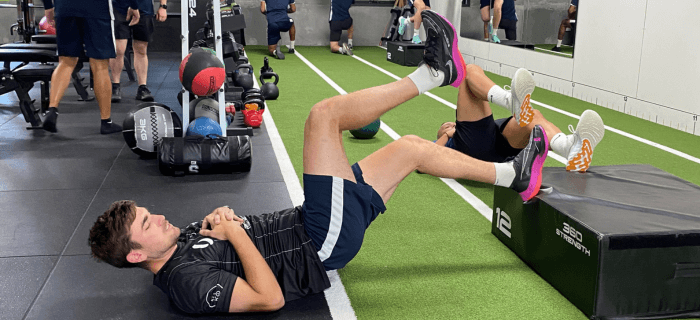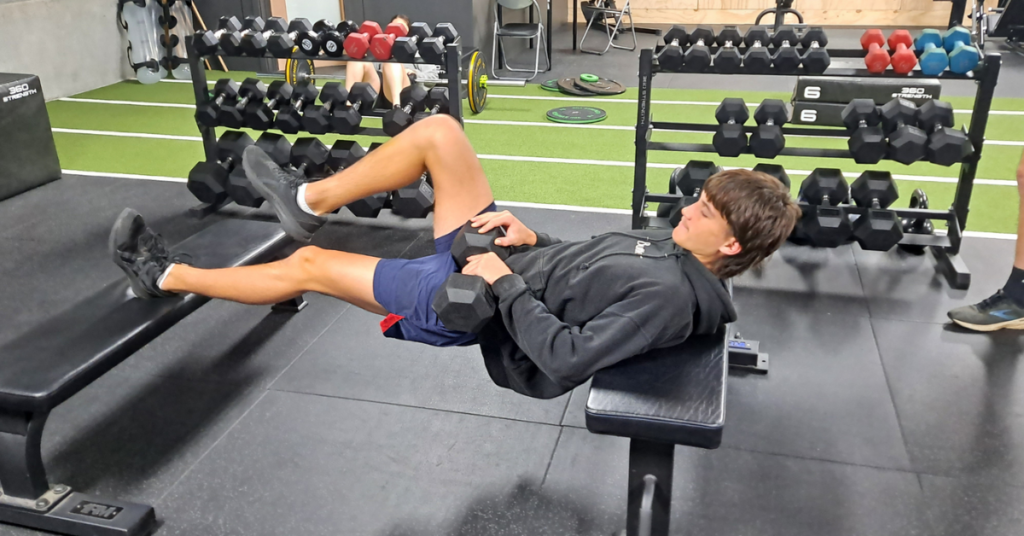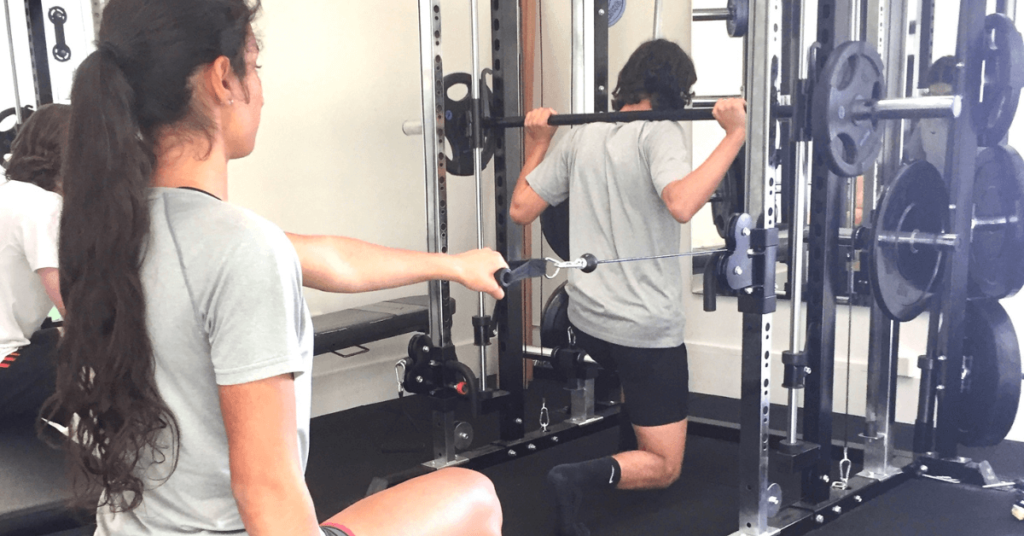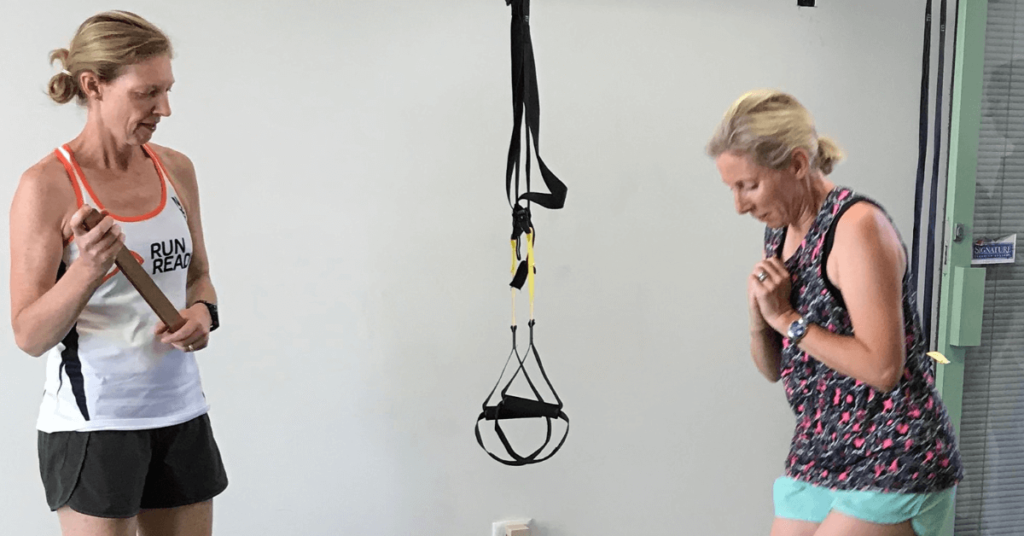Why Strength and Conditioning is Important for Cricket Players

As a strength and conditioning coach with decades of experience coaching athletes of all kinds of sports, I’ve noticed the improvements that S&C can bring to athletes. This runs true for those who play cricket as a hobby or as a sport. Also known as a “Gentleman’s game”, Cricket is not just about form and technique. It also requires the perfect balance of power, agility, strength, and mental work. Through this article, let’s discover how strength and conditioning can affect the athletic performance of cricket players.
When did cricket start?
According to Britannica, cricket was said to have started during the 13th century as a game played among country boys. The boys would bowl towards a tree stump or the gate of the sheep pen. The gate had two uprights and a crossbar (eventually called a bail), and this gate was eventually called the wicket. The ball that they used during that time was presumed to be a boulder or a rock while tree branches were used as a bat.
What is cricket?
During the 13th century, cricket was considered a game of shepherds or country boys but transformed, later on, into a game that aristocrats played and eventually became a popular sport played by millions all across the world. Basically, cricket is a strategy game that is played between two teams with 11 players on each team. You can say that the mechanics of cricket is very similar to that of baseball, where each team bats and fields to try and score or prevent the other team from scoring. The team that earns the most runs will end up as the winner.
What is the format of cricket?
As mentioned earlier, cricket is played between two teams that are comprised of 11 players each. Each team has an assigned captain that leads the team throughout the tournament. The goal of the game is to score more runs than the other team. Like baseball, both teams play offense and defense alternatively. Offense is referred to as ‘batting’ while defense is referred to as ‘fielding’. There are two innings played per game. Cricket is played on a grass field with a flat strip in the centre called a ‘cricket pitch‘. There are three wooden stakes or ‘stumps’ at the end of each side of the pitch, and these stakes have small crosspieces known as ‘bails’ laid on top of the stakes. The whole structure is referred to as the ‘wicket’.
What equipment do players use for cricket?
All the equipment, protective gear, and players’ clothing are regulated by the official rules of cricket. You need to have the proper equipment before you can play a game of cricket. Here’s a list of the basic equipment needed by cricket players.
- Bat
- Ball
- Batsman Glove
- Keeper Glove
- Keeper and Batsman Pads
- Stumps
- Helmet
- Bails
- Sight screen
What are the different roles of cricket players?
A cricket team is composed of 11 players who hold different roles. It is important to remember that when the other team is up for batting, the competing team players are all considered as ‘fielders’. Here is a rundown of the roles of each key player in the game of cricket:
- Captain – The captain, like other sports, act as the head of the team. He directs the strategies and plays of the team, assigning and changing positions throughout the game.
- Bowlers – The bowlers main role is to bowl the ball towards the batsmen. They have to take wickets and prevent the other team from running.
- Batsmen – The batsmen or batswomen are responsible for scoring. They have to prevent their stumps from falling and run between wickets to score.
- Wicketkeeper – The wicketkeeper has a great role to play in cricket. He must try to catch every ball that comes his way while positioned behind the stumps.
- Fieldsmen – Fielders are tasked to help the bowlers prevent runs by catching or intercepting the ball.
- Runner – When the batsman is injured or unable to run (yet able to bat), a runner steps in to run for the batsman.
- Substitutes – Substitutes are always present during the games to switch with injured or overworked cricket players.

According to the Clearing House for Sport, they have gathered data that shows there are around 540,434 persons above the age of 15 participating in cricket. Out of this number, there are 477,013 males taking a big chunk of the cricket playing population.
The Importance of Strength and Conditioning for Cricket Players
Because cricket players maneuver their entire bodies while playing, it is very crucial for players to get the right balanced workout regimen. This is where strength and conditioning for cricket players come in! With the help of cricket strength coaches like us here at Run Ready, you can level up your game play with a custom S&C program. Here are just some of the benefits that cricket players can gain with strength and conditioning.
- Improved strength – Strength training can help athletes increase strength so they are able to run faster, bowl with power, hit the ball harder, and throw the ball more efficiently and effectively.
- Increased speed – Speed is an important skill to have in cricket. Running faster can help you score better. Strength training can help you develop your muscles so you get powerful strides to score runs.
- Flexibility and mobility – Being able to move your body with ease is helpful for cricket players because this is needed to optimise a bowler and batter’s technique and power.
- Agility – Cricket players need to move fast and quickly change direction as quickly as they can. Strength training can give players that extra boost during a game.
- Builds lasting endurance – Strength and conditioning can help players build their endurance so they can perform at peak level until the game ends.
Here are some examples of exercises that you can do at home or at our fitness gym to help you improve your athletic performance:
- Squats
- Shuttle sprints
- Hammer rows
- Bicep curls
- Core exercises
- Overhead press
- Shoulder press
- Lunges
- Medicine ball slams and more
The answer is yes, definitely. Engaging or incorporating strength and conditioning into your cricket workout regimen can help you avoid injuries by strengthening your muscles, being more flexible, and having better form.
Because the sport doesn’t entirely focus on weightlifting skills, you don’t have to train as often as weightlifters do. Cricket players are recommended to have strength training at least 3 times per week (or every other day) to allow time for recovery.
Cricket players work hard during their training and need time to stretch before and after their workouts. Here are some stretches that can help you relax your muscles and recover faster.
- Pectoral stretches
- Shoulder and rotator stretches
- Hamstring stretches
- Side stretches
- Trunk rotation
- Lumbar spine rotation
Cricket players are required to have a specific set of skills just like any other sport. They are trained to develop the following skill set to play optimally: stamina, speed, coordination, strength, endurance, power, accuracy, flexibility, and mobility.




